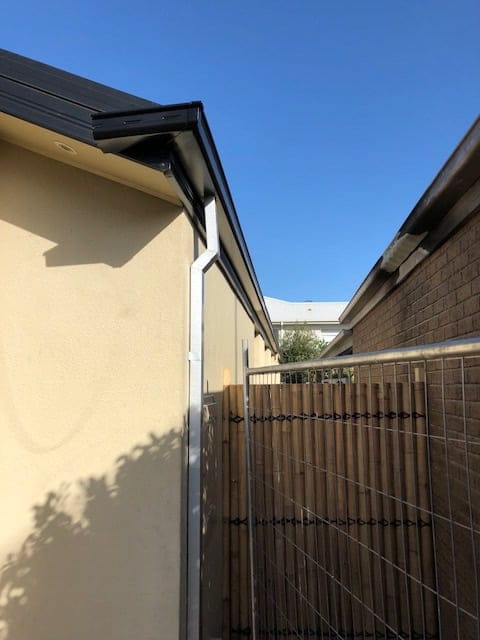How are flashing made

1. Metal Flashing Materials: – Sheet Metal Production: Metal flashing materials such as aluminum, copper, galvanized steel, and lead are often produced in the form of flat sheets. These sheets are manufactured by rolling and cutting metal coils to the desired thickness and width. – Surface Treatment: The metal sheets may undergo surface treatments such as galvanizing, coating, painting, or anodizing to enhance their weather resistance, durability, and aesthetics. – Fabrication: The flat metal sheets are then fabricated into flashing components through processes such as cutting, bending, folding, crimping, and seaming to create the required shapes and profiles for specific flashing applications.
2. Synthetic Flashing Materials: – Polymer Production: Synthetic flashing materials like PVC, EPDM rubber, or TPO are typically produced through chemical processes that involve polymerization of raw materials to create flexible and weather-resistant materials. – Extrusion or Molding: The polymer materials are then processed through extrusion or molding techniques to produce flashing components with the required shapes, sizes, and profiles for installation. – Surface Treatment: Depending on the material, synthetic flashing may undergo surface treatments such as coatings or laminations to enhance their performance and longevity.
3. Composite Flashing Materials: – Composite flashing materials combine different materials, such as metal and synthetic polymers, to create flashing products with specific properties and performance characteristics. – Production processes for composite flashing materials may involve a combination of metal fabrication techniques and polymer processing methods to produce the desired composite components.
Overall, flashing materials are produced through a combination of material production, fabrication, and surface treatment processes to create durable, weather-resistant components that play a critical role in protecting buildings from water intrusion and ensuring their structural integrity.